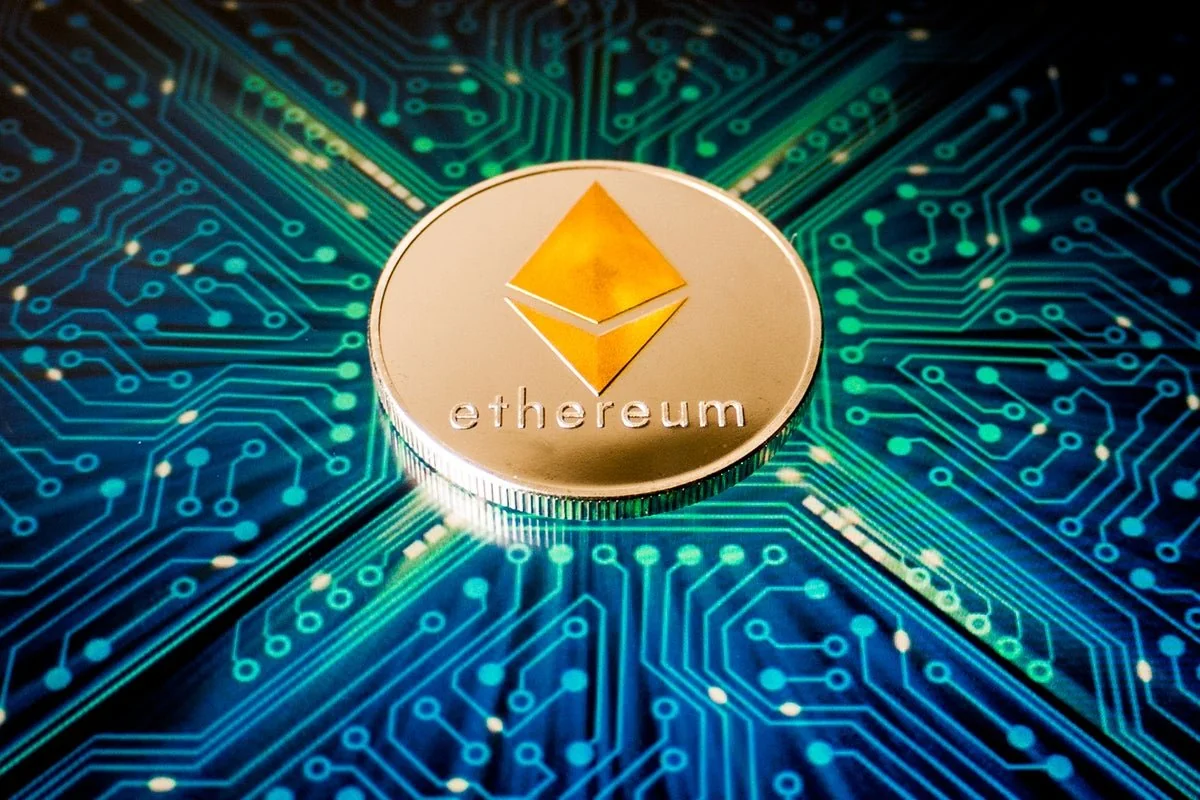summary
- The Deneb upgrade has resulted in fee reductions on certain Layer 2 solutions, although expert Eric Wall warns of potential spikes.
- While some Layer 2 networks have experienced decreased fees post-Deneb, others, such as Loopring, have remained unaffected.
- The community’s reaction to the upgrade varies, indicating the challenges in achieving consistent fee reductions across Ethereum’s Layer 2 ecosystem.
The eagerly awaited Cancun-Deneb upgrade for Ethereum (ETH) has generated both excitement and cautious optimism, as it brings substantial enhancements to the network’s data management and fee frameworks within Layer 2 (L2) solutions. While supporters celebrate the upgrade’s potential to introduce a phase of decreased transaction fees, cryptocurrency authority Eric Wall advises against overestimating its influence.
Eric Wall’s assessment underscores the possibility of fee increases despite the upgrade.
Eric Wall, an expert in cryptocurrency technology, offers insights into the anticipated impact of the Deneb upgrade on Ethereum’s Layer 2 (L2) solutions. Contrary to the widespread belief that transactional fees on Ethereum’s L2s would become exceedingly cheap post-Deneb activation, Wall suggests caution. He argues that while the upgrade, particularly EIP-4844, brings improvements, the underlying architecture of sequencers still leaves room for fee spikes in specific scenarios.
Wall underscores that despite the enhancements, L2 rollups are projected to scale only to a modest range of 100-1,000 transactions per second (TPS) even with the maximum capacity of blobspace. Moreover, he highlights that reaching maximum theoretical capacity does not guarantee consistently low fees.
The Deneb upgrade, which officially launched on the Ethereum mainnet on March 13, promised streamlined data utilization for Ethereum Virtual Machine (EVM) Layer 2 solutions. Initial observations from the L2Fees tracker reveal a mixed picture regarding fee reductions across prominent L2 solutions like Optimism, Arbitrum, Starknet, and zkSync Era.
Notably, transfer and cross-asset swap fees on these platforms saw a significant drop to below $0.01 in equivalent value, indicating a substantial reduction. However, for some networks such as Loopring, zkSync Lite, and Boba Network, fees remained largely unaffected by the changes brought about by the Deneb upgrade.
The community’s reaction varies widely
The Ethereum community’s response to the Deneb upgrade’s influence on transaction fees has evoked a diverse array of sentiments. While some members celebrate the discernible reduction in fees on select Layer 2 solutions, others harbor reservations regarding the unequal fee adjustments observed across different networks. These disparities underscore the intricacies involved in optimizing fee structures within a decentralized ecosystem characterized by a multitude of Layer 2 implementations.
Ethereum’s Cancun-Deneb upgrade has indeed introduced significant enhancements in data logistics and fee frameworks on Layer 2 solutions. However, Eric Wall’s analysis serves as a prudent reminder not to overemphasize the upgrade’s impact, as the possibility of fee spikes persists under specific circumstances. As Ethereum’s ecosystem continues to evolve, achieving consistent and universally low transaction fees across all Layer 2 solutions emerges as an ongoing challenge necessitating further exploration and refinement.
By maintaining an informed perspective and engaging in critical evaluation of network upgrades such as Deneb, stakeholders within the Ethereum community can navigate the evolving landscape with enhanced clarity and foresight. As developments unfold, the pursuit of scalability and affordability in Ethereum’s transactional infrastructure remains a central focus for ongoing innovation and enhancement.



